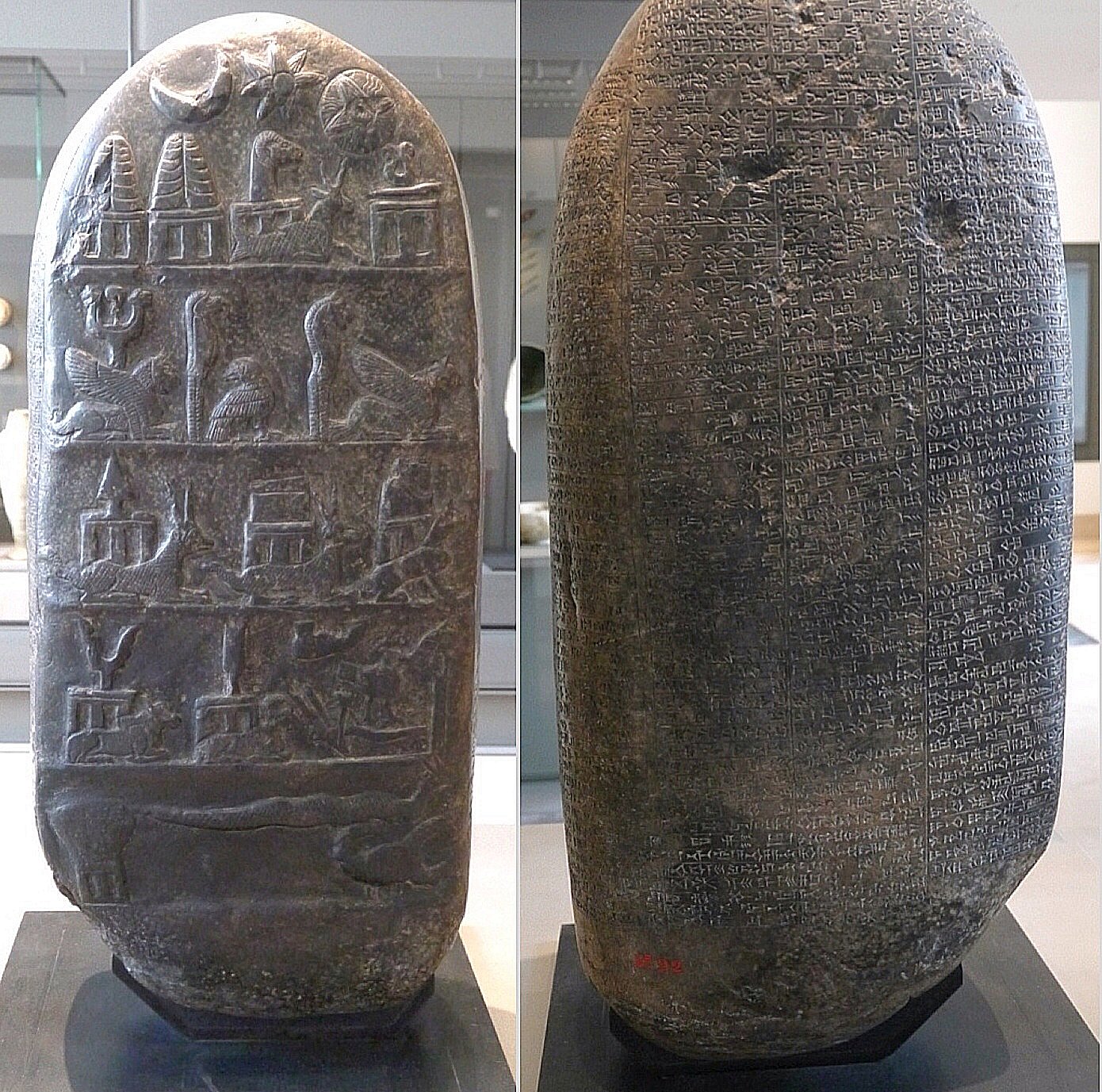Kudurru Of Melishihu – Stone Records From The Kassite Dynasty In Babylonia
A. Sutherland - AncientPages.com - “Do not move an ancient boundary stone set up by your forefathers,” says the Bible book of Proverbs 22:28.
Boundary markers for the property are a very old concept and the Babylonians had the so-called 'kudurrus', stone steles that were sculpted and carved with inscriptions. They were important not only for economic and religious reasons but also as almost the only works of art, which survived from the period of Kassite rule in Babylonia (c. 16th-c. 12th century BC).
A stone document called kudurru (Akkadian: "frontier," or "boundary"), was inscribed with records of land grants and gifts made by various kings of the Kassite dynasty.
The Kassites first appeared during the reign of Samsu-iluna (1749–1712 BC), son of Hammurabi of the First Babylonian Dynasty and after being defeated by Babylon, moved to control the city-state of Mari. Some kudurrus are kept in the Louvre in Paris and others in the National Museum of Iraq.
One of them is Kudurru of Melishihu relief made of gray limestone (H 0.65 m; W 0.30 m) and displayed at the Louvre, Paris, but it was brought from Babylonia to Susa Kassite Period (1202-1188 BC).
This kudurru is dated to the reign of King Melišipak (or alternatively Melišiḫu, who was the 33rd king of the Kassite or 3rd Dynasty of Babylon ca. 1186-1172 BC and he ruled for 15 years. The stone records a land grant to Marduk-apla-iddina, who was his son or successor.
It is worth noting that Meli means servant or slave, Šipak was a moon god, but Šiḫu was possibly one of the Kassite names for Marduk, patron God of Babylon.
On the front of the Kudurru, there is a depiction of the entire pantheon of gods who preserve the order of the world.
The artist has used a formula that was later to be developed on other kudurrus, presenting the symbols associated with each deity in hierarchical rows.
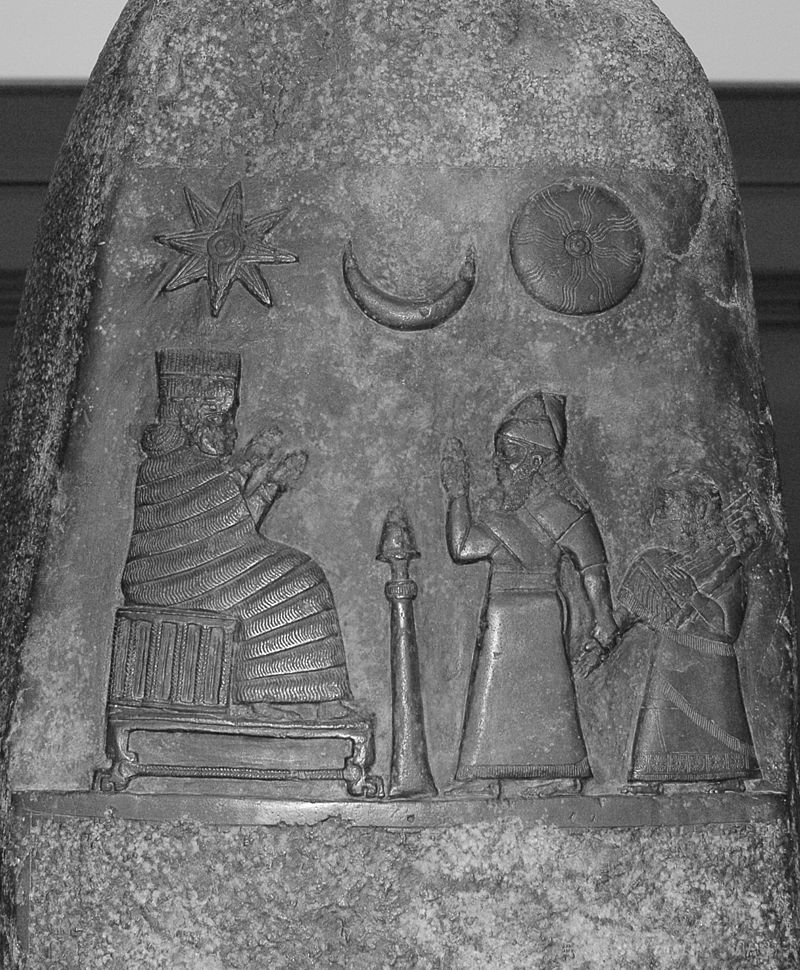
This is another Meli-Šipak-dated kudurru depicting the king presents his daughter to the goddess Nannaya. The crescent moon represents the god Sin, the sun the Shamash, and the star the goddess Ishtar. Kassite period, taken to Susa in the 12th century BC as war booty. Credits: Louvre/Wikipedia
These lists of donations were placed under the protection of the greatest possible number of gods, most often represented in their symbolic form and arranged according to the hierarchy of the pantheon.
However, at the top, are symbols of the three heavenly gods; Sin (moon), Shamash (sun), and Ishtar (Venus), in order of their position in the heavens, rather than their importance.
They were surpassed by the supreme triad:
Anu (sky), Enlil (air) symbolized by their horned crowns, and Ea (freshwater from the abyss), symbolized by a kind of sceptre carried by a goat-fish.
Below we find the emblems of several other gods; that of Marduk, patron god of Babylon, is identifiable as a pointed hoe placed on a stand and the serpent-dragon which guards the underworld of the god.
The same dragon carries the scribe's stylet, which is the emblem of Nabu, Marduk's son. These emblems were difficult to interpret, even for the ancients who sometimes inscribed the name of the gods symbolized next to the symbols themselves.
On the other side of the artifact, there is cuneiform writing describing the gift and the responsibilities to the king as a result of the gift. This is followed by a section calling down a divine curse on anyone who opposed the gift.
Thus, the gift was not only recorded and displayed for all to see but also placed under divine protection.
The original kudurrus were precious in Babylon and therefore, kept in temples where they would be visible to both worshipers and gods, while their clay replicas were given to the landowners to be placed on the land.
Written by – A. Sutherland - AncientPages.com Senior Staff Writer
Copyright © AncientPages.com All rights reserved. This material may not be published, broadcast, rewritten or redistributed in whole or part without the express written permission of AncientPages.com
Expand for referencesReferences:
MacKenzie, D. A. Myths of Babylonia and Assyria
G. Smith, The History of Babylonia
More From Ancient Pages
-
 On This Day In History: Mayan King Bird Jaguar IV Assumes The Throne – On May 3, 752
News | May 3, 2016
On This Day In History: Mayan King Bird Jaguar IV Assumes The Throne – On May 3, 752
News | May 3, 2016 -
 Your Neanderthal Genes May Prevent You From Metabolizing Drugs Efficiently
Archaeology | Jul 25, 2022
Your Neanderthal Genes May Prevent You From Metabolizing Drugs Efficiently
Archaeology | Jul 25, 2022 -
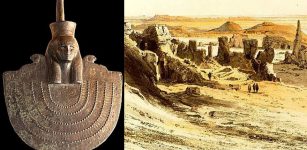 City Of Sais: Prehistoric Prestigious Cult Center Of Northern Egypt
Featured Stories | Oct 31, 2016
City Of Sais: Prehistoric Prestigious Cult Center Of Northern Egypt
Featured Stories | Oct 31, 2016 -
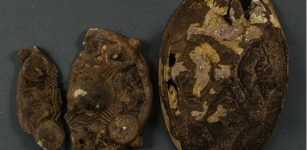 Family Looking For Lost Gold Ring Finds Viking Age Artifacts In Their Garden On The Island Of Jomfruland
Archaeology | Sep 30, 2023
Family Looking For Lost Gold Ring Finds Viking Age Artifacts In Their Garden On The Island Of Jomfruland
Archaeology | Sep 30, 2023 -
 Secrets Of Ancient Ivory Manikins Revealed
Archaeology | Nov 28, 2019
Secrets Of Ancient Ivory Manikins Revealed
Archaeology | Nov 28, 2019 -
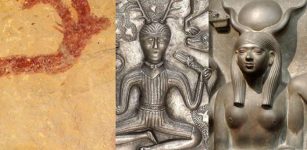 Mystery Of The Horned Serpent In North America, Mesopotamia, Egypt And Europe
Egyptian Mythology | Dec 7, 2017
Mystery Of The Horned Serpent In North America, Mesopotamia, Egypt And Europe
Egyptian Mythology | Dec 7, 2017 -
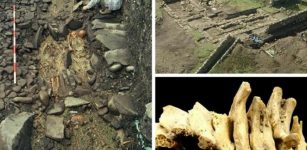 Isle Of May Was A Pictish Healing Center – Monks Used Herbs To Treat Sick And Dying People
Archaeology | Feb 16, 2018
Isle Of May Was A Pictish Healing Center – Monks Used Herbs To Treat Sick And Dying People
Archaeology | Feb 16, 2018 -
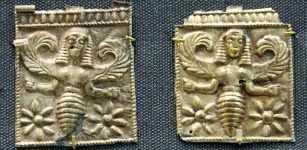 Bees – Embodiment Of Human Soul, Divine Messengers Symbolizing Invisible Bridge Connecting Life And Death
Featured Stories | Jul 26, 2023
Bees – Embodiment Of Human Soul, Divine Messengers Symbolizing Invisible Bridge Connecting Life And Death
Featured Stories | Jul 26, 2023 -
 World’s Oldest Burial Site Reveals Homo Naledi Buried Their Dead 100,000 Years Before Humans
Archaeology | Jun 6, 2023
World’s Oldest Burial Site Reveals Homo Naledi Buried Their Dead 100,000 Years Before Humans
Archaeology | Jun 6, 2023 -
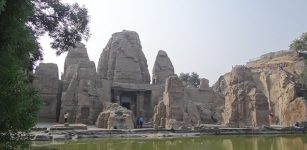 Masroor Temples – India’s Marvelous Ancient Cave Temples
Featured Stories | Jan 23, 2016
Masroor Temples – India’s Marvelous Ancient Cave Temples
Featured Stories | Jan 23, 2016 -
 Nanna: Mesopotamian Moon God, Lord Of Wisdom And Father Of The Gods
Featured Stories | Apr 1, 2017
Nanna: Mesopotamian Moon God, Lord Of Wisdom And Father Of The Gods
Featured Stories | Apr 1, 2017 -
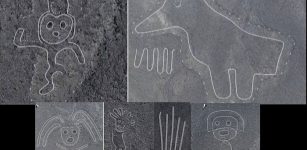 168 Unknown Geoglyphs Discovered In The Nazca Desert By Drones
Archaeology | Dec 19, 2022
168 Unknown Geoglyphs Discovered In The Nazca Desert By Drones
Archaeology | Dec 19, 2022 -
 Gallic Leader Vercingetorix In Victorious Battle Of Gergovia, 52 BC
Featured Stories | Jan 23, 2017
Gallic Leader Vercingetorix In Victorious Battle Of Gergovia, 52 BC
Featured Stories | Jan 23, 2017 -
 Sacred Healing Earth Of Chimayo And The Mysterious Black Christ Crucifix
Featured Stories | May 24, 2019
Sacred Healing Earth Of Chimayo And The Mysterious Black Christ Crucifix
Featured Stories | May 24, 2019 -
 Viking Age Mass Grave Reveals Gruesome Discovery At Historical Village Of Repton, England
Archaeology | Feb 4, 2018
Viking Age Mass Grave Reveals Gruesome Discovery At Historical Village Of Repton, England
Archaeology | Feb 4, 2018 -
 Fascinating Discovery – First Female Viking Grave Discovered In Swedish Mountains
Archaeology | Aug 20, 2022
Fascinating Discovery – First Female Viking Grave Discovered In Swedish Mountains
Archaeology | Aug 20, 2022 -
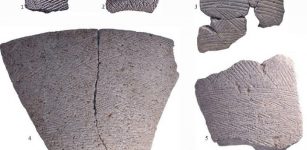 Mysterious Ancient ‘Triangle Code’ And Curious Markings Discovered On Vessels In Israel Reveal Something Interesting
Archaeology | Feb 11, 2019
Mysterious Ancient ‘Triangle Code’ And Curious Markings Discovered On Vessels In Israel Reveal Something Interesting
Archaeology | Feb 11, 2019 -
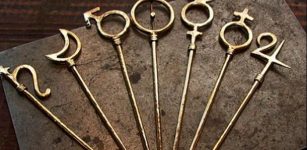 Number ‘Seven’: Mystical Number Of The Universe And One Of The Most Sacred Numbers
Ancient Symbols | Feb 14, 2017
Number ‘Seven’: Mystical Number Of The Universe And One Of The Most Sacred Numbers
Ancient Symbols | Feb 14, 2017 -
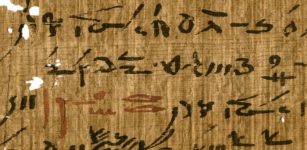 Red And Black Ink Used In Egyptian Papyri Reveal Ancient Writing Practices
News | Oct 27, 2020
Red And Black Ink Used In Egyptian Papyri Reveal Ancient Writing Practices
News | Oct 27, 2020 -
 Odin: Norse God Of War And Magic – Most Complex Figure Of The Norse Pantheon
Featured Stories | Oct 27, 2016
Odin: Norse God Of War And Magic – Most Complex Figure Of The Norse Pantheon
Featured Stories | Oct 27, 2016

